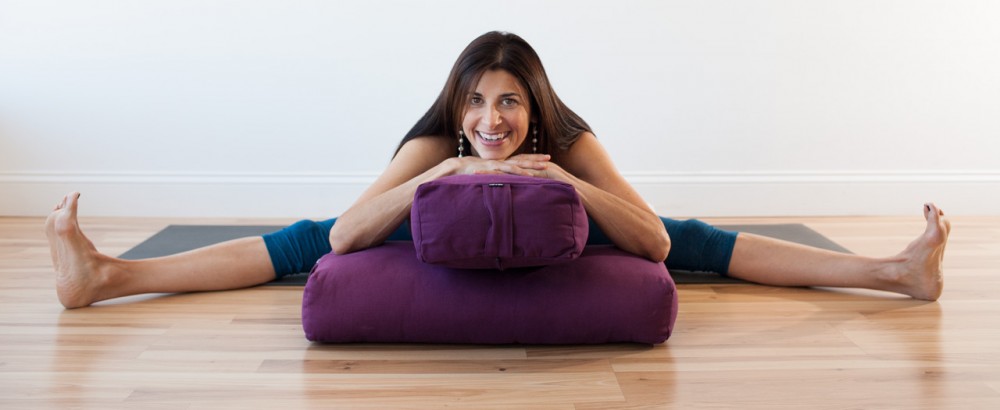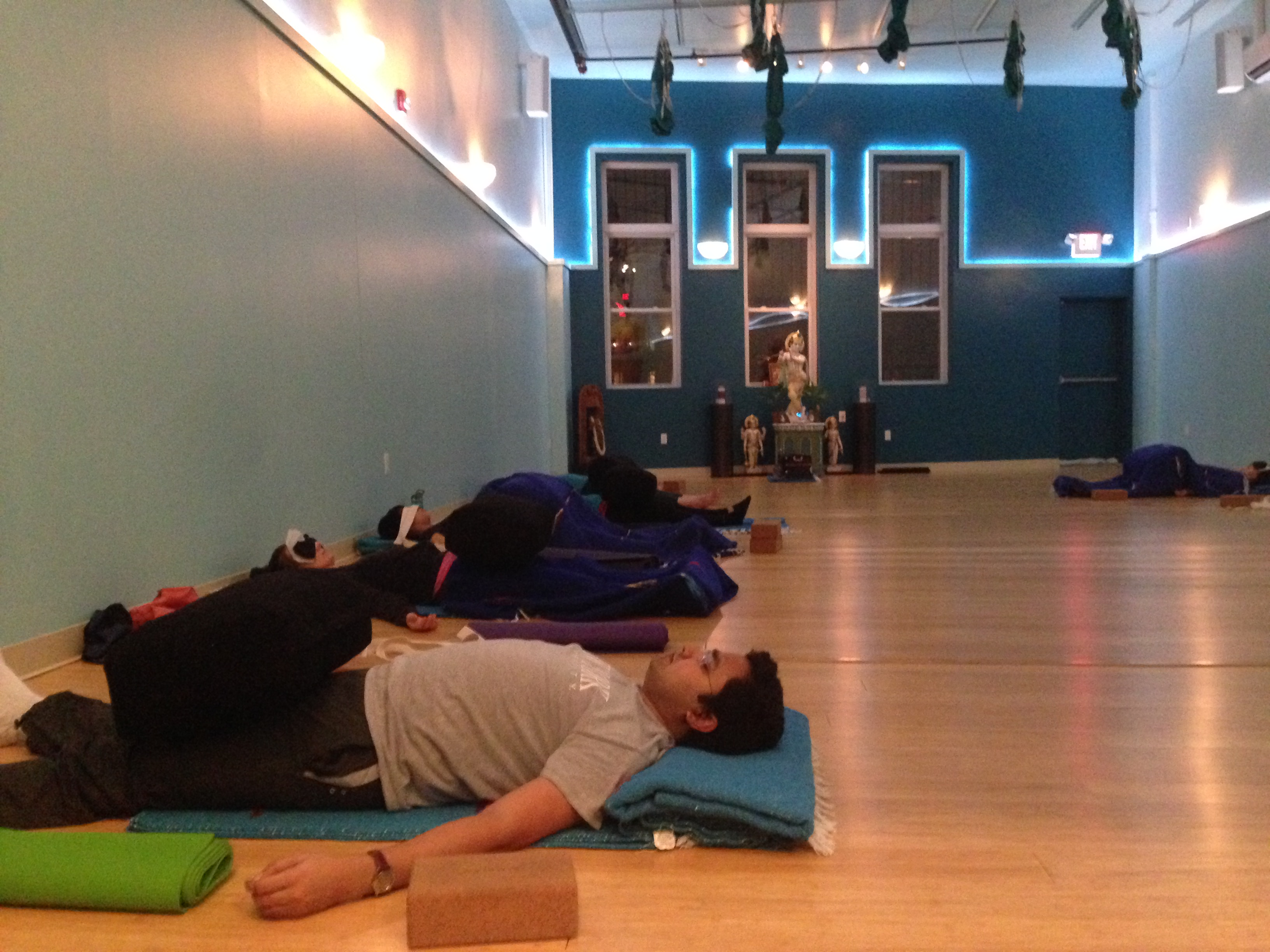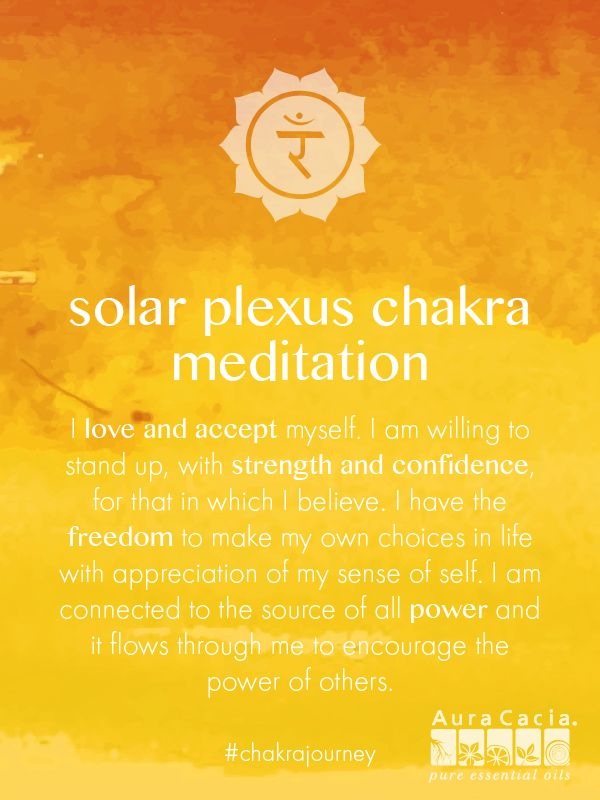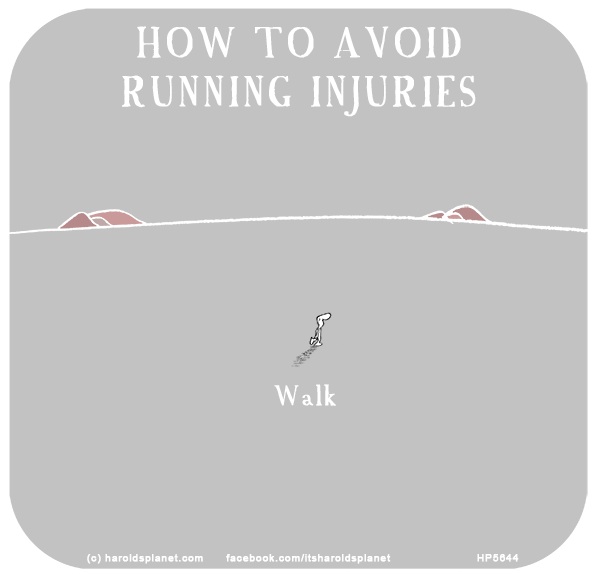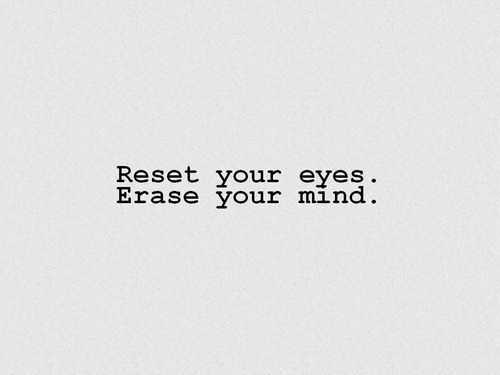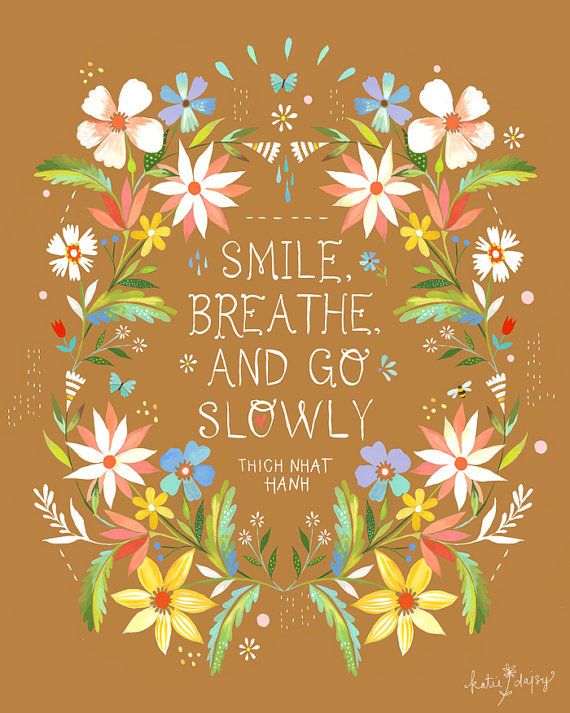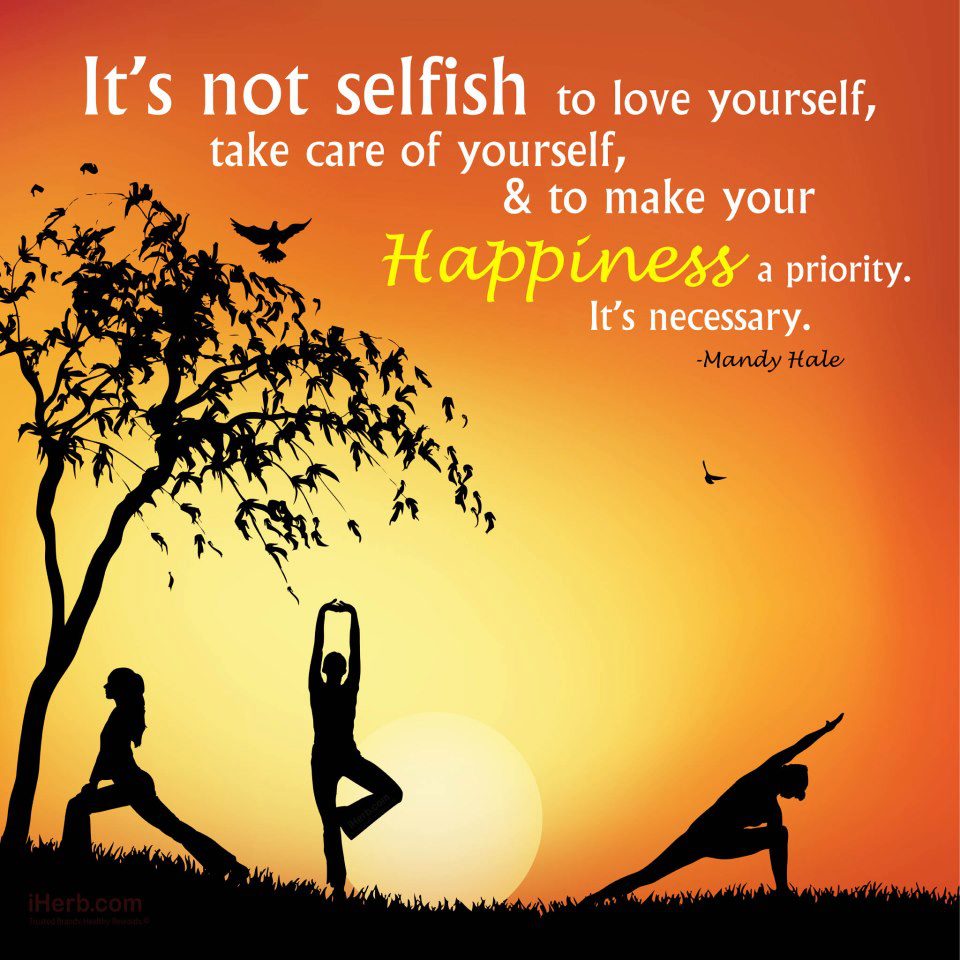Therapeutic effects of yoga include enhanced immune system functioning
“stress has a negative impact on the immune system and prolonged exposure increases susceptibility to disease and leads to physical and mental health problems such as anxiety and depression. Practicing yoga and meditation as a means to manage and relieve both acute and chronic stress helps individuals overcome other co-morbidities associated with diseases and leads to increased quality of life” STUDY
The immune system is a miracle to me. In case you are wondering what that is, “the immune system is a system of biological structures and processes within an organism that protects against disease” (SOURCE) Restorative yoga poses are highly effective at reducing stress and therefore in creating a healthy immune system. The supported poses decrease the chasing aspect which is sometimes present when students “stretch” because these asanas (poses) are done with the strategic support and placement of yoga props which thus nurtures the body and induces the “relaxation response” while reducing the “stress response”. Together, these two effects protect and help to strengthen the immune system. Once your system is compromised, the practice changes, so the best tip is to be preventive with your health. I meet students who specifically do not do this type of practice yet will readily agree they are not able to relax. The number one reason they give to avoid the practice is they think it will be too easy. HMMMM. It’s definitely not the same as jumping around, but it is also quite challenging in its own way. Perhaps your misconceptions are keeping you from optimum health!!
